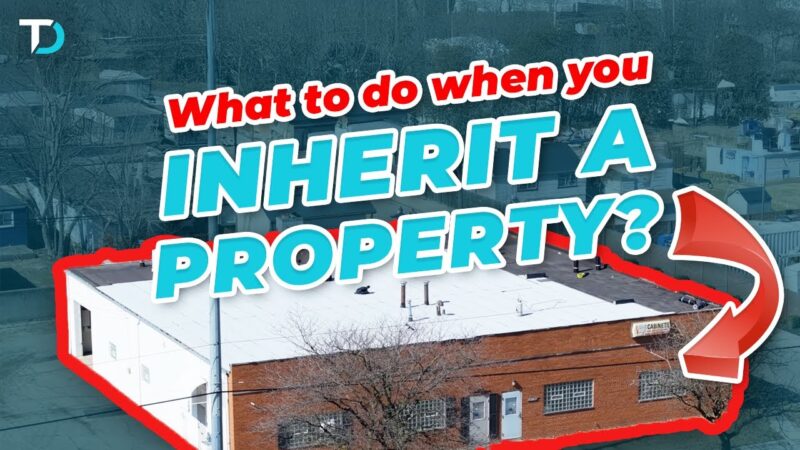

When I got the call about 22605 Schoenherr in Warren, I sensed a complex but rewarding projectahead. The client had recently inherited an aging industrial property that had long since fallen into disrepair. The roof was leaking, the utilities had been shut off for five years, and the parking lot had more cracks than concrete. But I’ve learned that even the most distressed assets can beturned into successful, satisfying sales with the right strategy.
This property had a lot of history—and even more deferred maintenance. Originally developed by my client’s grandparents, it had been passed from generation to generation. For years it served the family as a functional asset, housing business operations and delivering income. Then thebusiness shut down; the next generation stepped into other roles and chose to lease the building. Like many aging industrial buildings in Southeast Michigan, it was eventually left vacant and neglected. An asset slowly slumped into a burden.
For my client, the property wasn’t just a building. It was a piece of his family’s legacy. But it was also a ticking time bomb of expenses. When he reached out, he was clear: “I’m ready to let it go, but I want to make sure I’m doing the right thing.”
This scenario is fairly common. Many property owners inherit buildings that are no longer aligned with their goals or capabilities. The first step is always a full and honest assessment—not only of the market value, but also of the costs required to make the property viable again, from environmental remediation and structural integrity to utility readiness and future zoning considerations.
The building at 22605 Schoenherr had been sitting dark for a long time. The last water usage was in 2018. The roof was leaking, causing water damage inside. Utilities were off. The parking lotwas cracked and broken. From the outside the building still had potential. But inside we’d have to make a significant investment just to get it lease or move-in ready.
Instead of rushing the property to market, we took a strategic approach. I immediately reached out to several local contractors to get ballpark estimates for major repairs:
When we had those numbers in hand, we were able to put together a realistic picture of what it would take to restore the property and, more importantly, how that restoration would impact pricing.
One of the biggest challenges with industrial real estate is bridging the gap between the “as-is” value and “after-repair” value. Investors and users alike want to see clear returns. A distressed property often scares off retail buyers who aren’t equipped to handle major repairs.
After calculating estimated repair costs, we landed on a target price of $48 per square foot—well below the area’s market average of $64 per square foot. For the right buyer this number struck the perfect balance between affordability and potential.
From there we launched an aggressive marketing campaign focused on two types of buyers:
The response was strong, especially once we positioned the property as a value-add opportunity with solid bones and a strategic location in Warren’s industrial corridor.
What made this deal successful wasn’t just the marketing. It was the preparation.
Too often I see sellers approach the market without doing their homework. They want top dollar but haven’t taken the time to understand what buyers need, want, and expect. That’s what a local expert can do for a seller. And, as in this case, it makes all the difference.
Because we had repair estimates, utility history, and city compliance information ready to go, we were able to answer buyer questions immediately. That kind of transparency builds trust—and helps close deals faster.
In the end we found a qualified buyer who understood the property’s challenges but saw the long-term potential. And most importantly, the sale was executed in a timeline that made sense for my client.
More than a transaction, this was the conclusion of a long chapter for my client and his family. Letting go of an inherited asset isn’t always easy, even when it makes financial sense. When a property once housed a family-run business, the owners often have strong emotional ties to it.
What I appreciated most about working with this client was his ability to see the bigger picture. He wasn’t trying to squeeze every last dollar out of the deal. He just wanted a clean exit, a fair price, and a buyer who would put the property to good use. That’s exactly what we delivered.
If you’re in a similar situation—holding an inherited property, sitting on a vacant industrial building, or wondering how to maximize value in today’s market—here are a few key lessons from this sale:
Whether you’re dealing with deferred maintenance, tenant issues, or an itch to move on from an aging asset, we can help you develop a strategy that fits your goals and timeline.
Every property has a story—and every sale has a strategy. At Thomas Duke Company, our mission is to match the two.
📧 Reach out to me at jschafer@thomasduke.com
📲 Or give me a call at (248) 479-0130
Let’s talk about what’s next for your property.